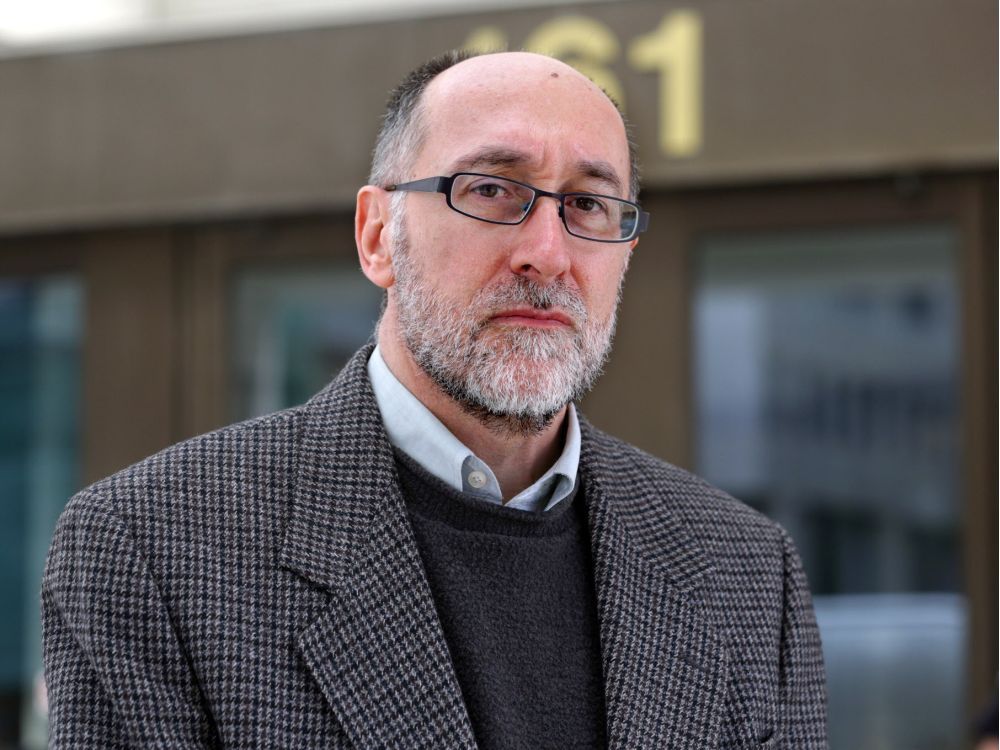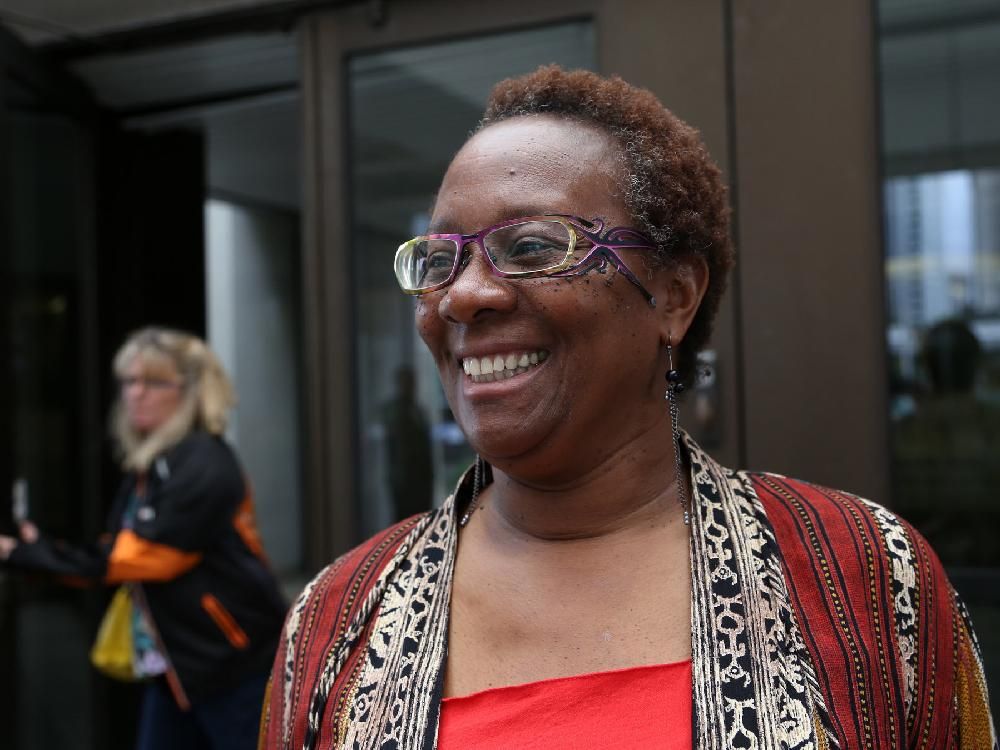Universal Masking in Hospitals in the Covid-19 Era
List of authors.
As the SARS-CoV-2 pandemic continues to explode, hospital systems are scrambling to intensify their measures for protecting patients and health care workers from the virus. An increasing number of frontline providers are wondering whether this effort should include universal use of masks by all health care workers. Universal masking is already standard practice in Hong Kong, Singapore, and other parts of Asia and has recently been adopted by a handful of U.S. hospitals.
We know that wearing a mask outside health care facilities offers little, if any, protection from infection. Public health authorities define a significant exposure to Covid-19 as face-to-face contact within 6 feet with a patient with symptomatic Covid-19 that is sustained for at least a few minutes (and some say more than 10 minutes or even 30 minutes). The chance of catching Covid-19 from a passing interaction in a public space is therefore minimal. In many cases, the desire for widespread masking is a reflexive reaction to anxiety over the pandemic.
The calculus may be different, however, in health care settings. First and foremost, a mask is a core component of the personal protective equipment (PPE) clinicians need when caring for symptomatic patients with respiratory viral infections, in conjunction with gown, gloves, and eye protection. Masking in this context is already part of routine operations for most hospitals. What is less clear is whether a mask offers any further protection in health care settings in which the wearer has no direct interactions with symptomatic patients. There are two scenarios in which there may be possible benefits.
List of authors.
- Michael Klompas, M.D., M.P.H.,
- Charles A. Morris, M.D., M.P.H.,
- Julia Sinclair, M.B.A.,
- Madelyn Pearson, D.N.P., R.N.,
- and Erica S. Shenoy, M.D., Ph.D.
As the SARS-CoV-2 pandemic continues to explode, hospital systems are scrambling to intensify their measures for protecting patients and health care workers from the virus. An increasing number of frontline providers are wondering whether this effort should include universal use of masks by all health care workers. Universal masking is already standard practice in Hong Kong, Singapore, and other parts of Asia and has recently been adopted by a handful of U.S. hospitals.
We know that wearing a mask outside health care facilities offers little, if any, protection from infection. Public health authorities define a significant exposure to Covid-19 as face-to-face contact within 6 feet with a patient with symptomatic Covid-19 that is sustained for at least a few minutes (and some say more than 10 minutes or even 30 minutes). The chance of catching Covid-19 from a passing interaction in a public space is therefore minimal. In many cases, the desire for widespread masking is a reflexive reaction to anxiety over the pandemic.
The calculus may be different, however, in health care settings. First and foremost, a mask is a core component of the personal protective equipment (PPE) clinicians need when caring for symptomatic patients with respiratory viral infections, in conjunction with gown, gloves, and eye protection. Masking in this context is already part of routine operations for most hospitals. What is less clear is whether a mask offers any further protection in health care settings in which the wearer has no direct interactions with symptomatic patients. There are two scenarios in which there may be possible benefits.









